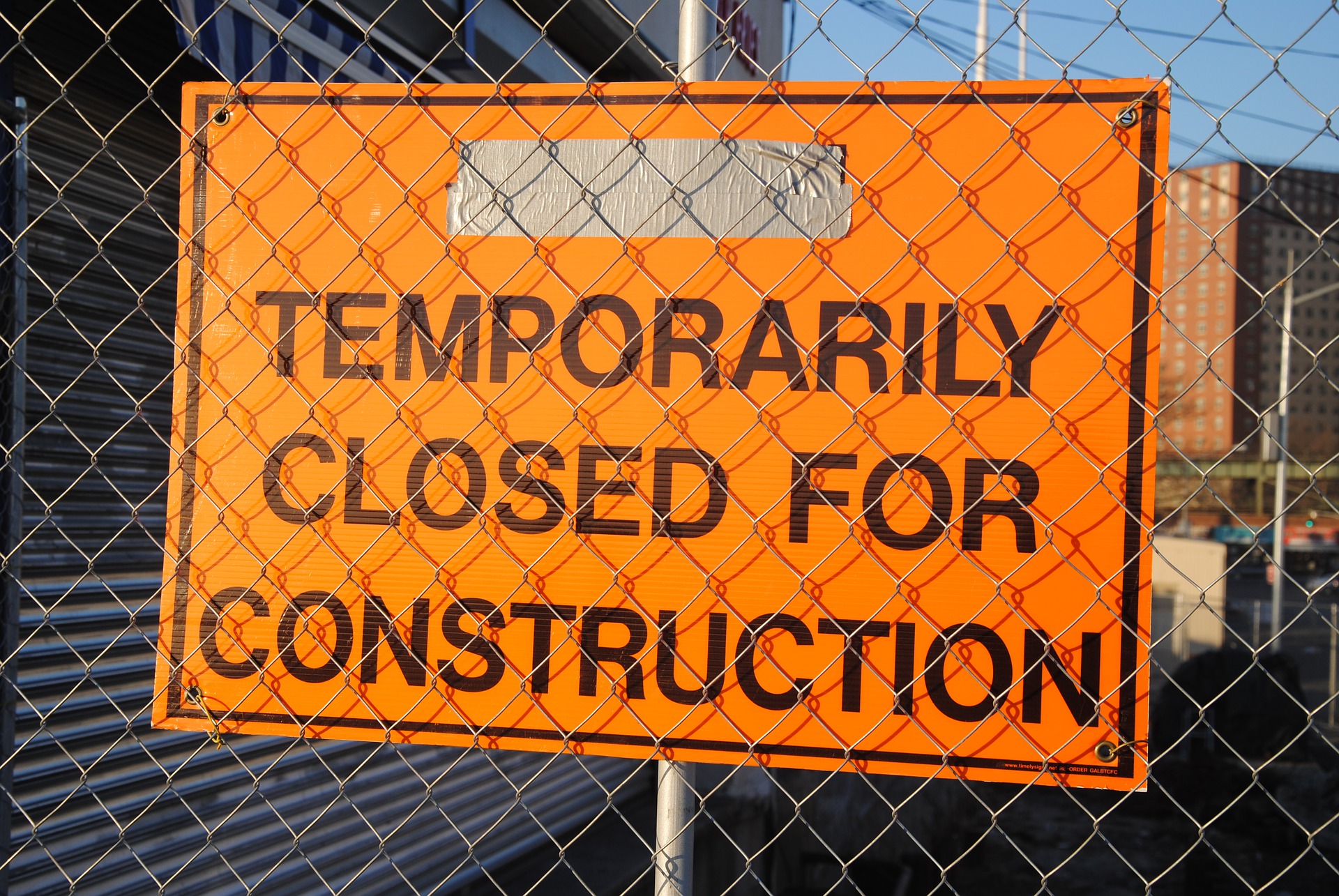
Why MOB Expansions May Outnumber New Developments in 2017
U.S. health systems are more likely to expand their medical facilities in 2017 than build new ones, according to a recent white paper written from Indianapolis, Indiana-based commercial real estate company Duke Realty (NYSE: DRE).
“While building new or replacement facilities sometimes is the best option in a health system’s long-range development plan, expansions are an attractive alternative,” Duke Realty Executive Vice President of Healthcare Keith Konkoli and Senior Vice President of Healthcare Development Jared Stark write in the white paper.
Medical facility expansions typically require less capital than new construction, Stark and Konkoli explain. Plus, expansions allow health systems to more quickly bring new and broader services to market.
“A medical facility expansion also makes a great deal of sense if the provider already has the ‘ideal’ location,” the authors write. “Criteria for such a location include: fast-growing market; excellent population growth; attractive demographics; strong demand for new health care services; and visibility and accessibility near other in-demand services.”
It’s inevitable that some new medical office development will occur in 2017, however. When building from the ground-up, developers’ site selection may vary from years past.
“Providers have found it necessary to familiarize themselves with a different kind of real estate—retail,” the authors explain. Developers are also conscious of exactly where their buildings should be located in different communities.
Urgent care centers, for example, are best located on the “drive-to-work” side of the road “so if people or their children don’t feel well, they can stop at a clinic on their way to work or school in the morning,” according to Stark and Konkoli.
Health care providers would do well to apply retail best practices in their various outpatient locations, the authors also argue. “Large retailers such as Wal-Mart and Amazon, for example, would be good case studies in the areas of creativity and logistics,” the white paper says.
Written by Mary Kate Nelson
